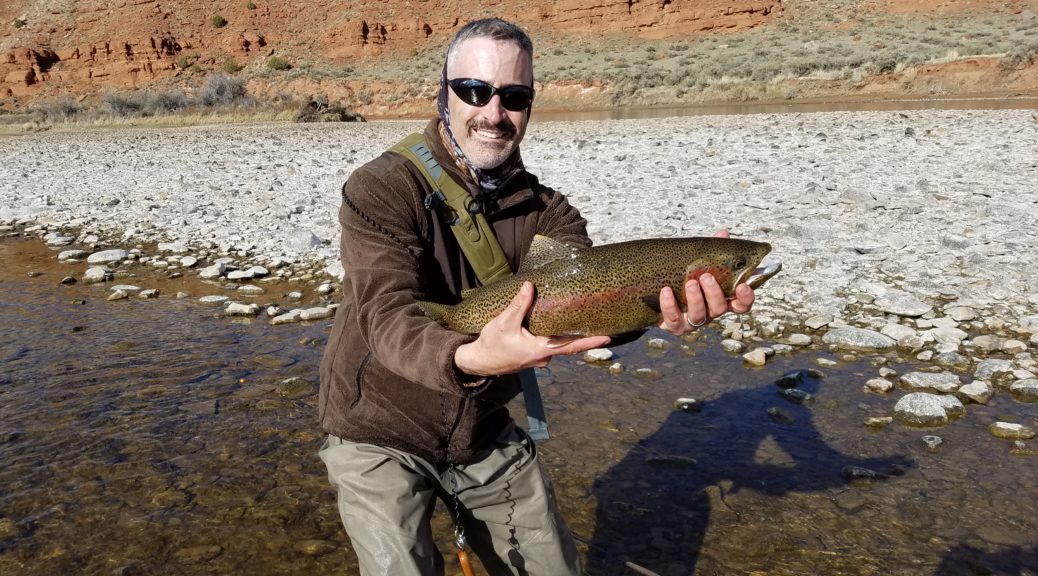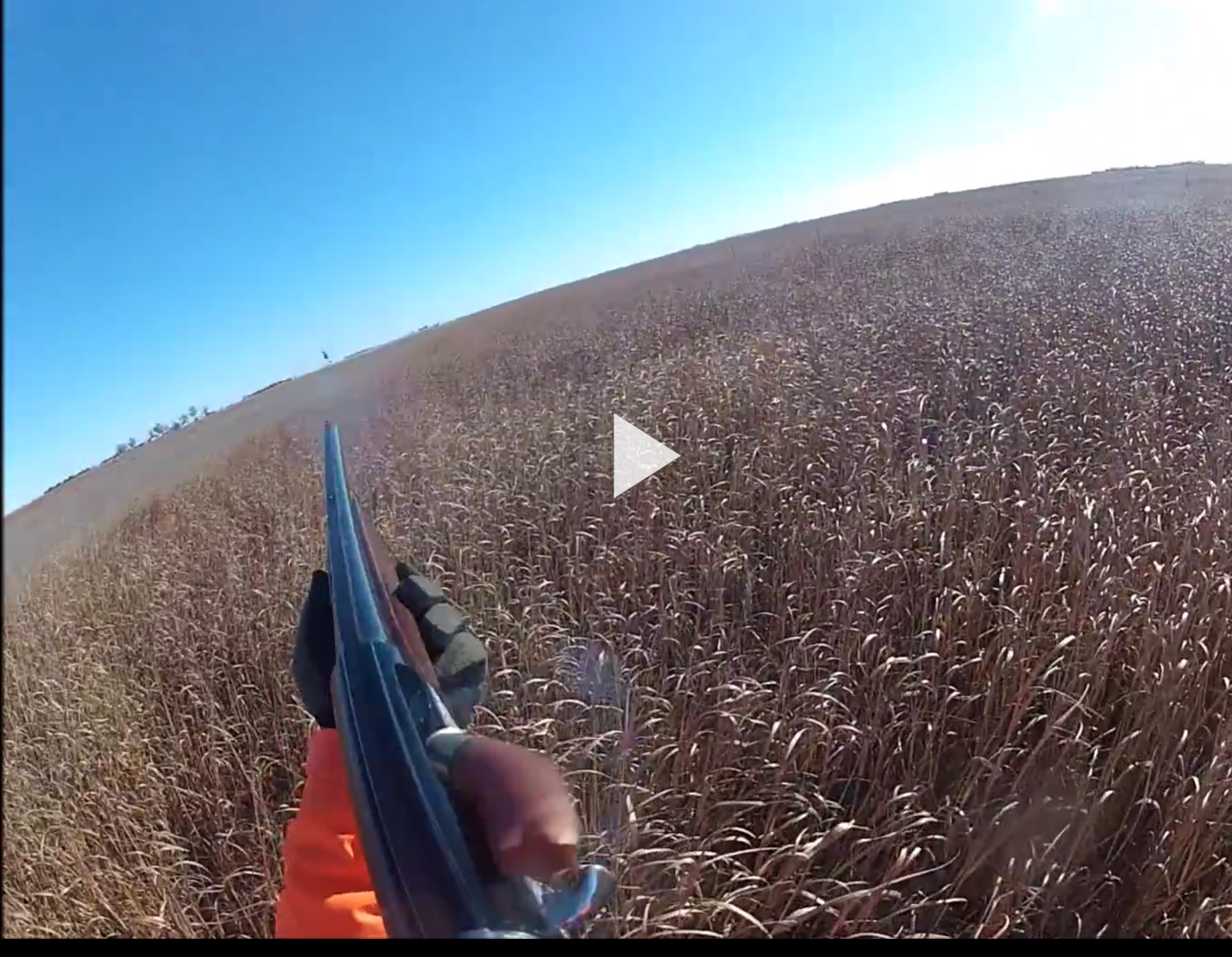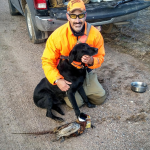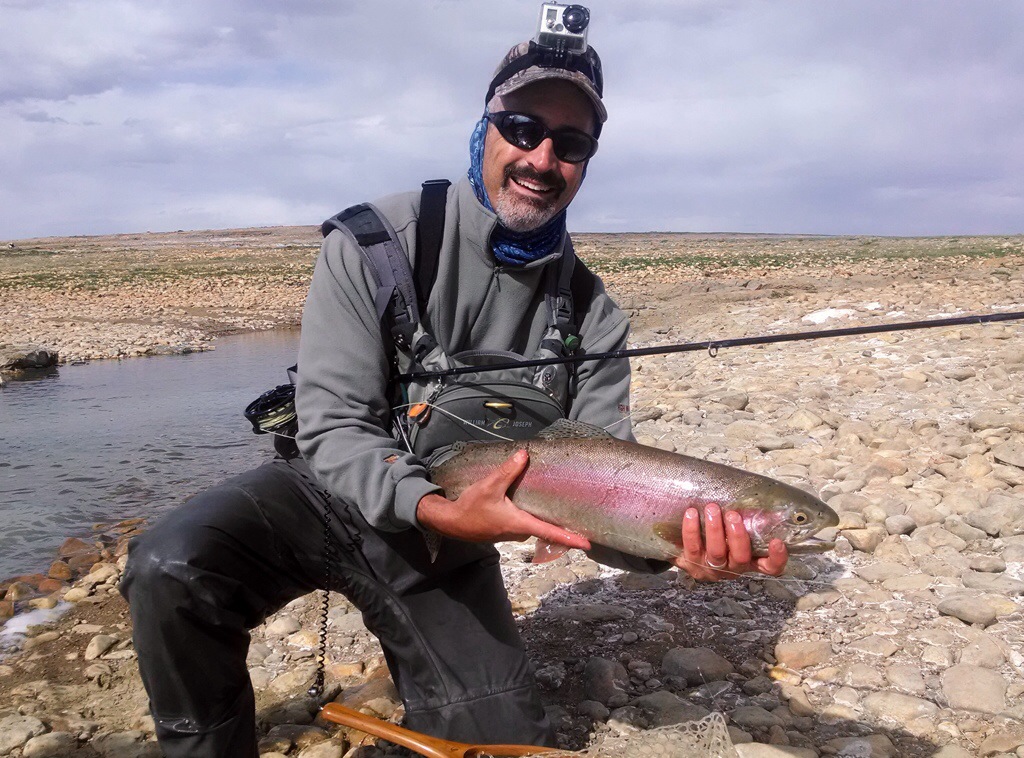For the last seven years I make it a point to spend a few days chasing native rainbow trout in the North Platte River outside of Casper, Wyoming. The fishery is special and cherished by the anglers that have made the area their second home. During my first three years it was not uncommon to hook a dozen fish over twenty inches long. In fact, the river always offered me an opportunity to do battle with at least one monster trout during my trip. Over the last three years, the number of fish hooked remains astounding. A seventy-five trout day is achievable and, at some level, expected. The one thing missing, however, are the giant bows.
Family commitments required Chad and me to push our trip out three weeks as well as shorten it by two days. Our first morning proved to be successful as we experienced plenty of consistent action. We figured out the feeding pattern, and employed a #14 red juju baetis along with a trailing #20 red zebra midge to secure many of the strikes. As the afternoon evolved we made our way to a popular stretch that produced for us in the past. The flow was down, limiting areas to fish. Additionally, this section of the Platte has been discovered as the number of fisherman in the water has quadrupled. As we waded into the current, we observed at least fifteen people manning desirable spots up river. To that point, we were forced to fish a sub-optimal but available hole. Maintaining the same flies on my nymphing rig, I made my initial cast into a darker, deeper seam. Almost immediately my indicator plunged and I set the hook. My line remained firm, so I stepped into deeper water to remove the apparent snag. Suddenly, my line made an abrupt shift and rocketed away from me. I could feel the weight of the fish and it was noticeably different. Realizing I had hooked a big trout on a small midge, I positioned myself for what I anticipated would be a lengthy battle. The bow remained low in the water column, and moved with purpose when I attempted to cut the distance between us. There is an eddy on the far bank, and my initial thought was to try to coax the fish into the slower water. My objective was to ensure the trout never got below me as I knew the small fly would not remain embedded in the fish’s jaw. Fortunately, he continued to move up river which allowed me to slowly take back a portion of my fly line. I removed my net from the magnetic clip and prepared to land the trout. He was still energized and darted upstream evading my attempt to capture him. I walked behind the fish and continued to reel. Once my indicator neared my rod tip, I gently raised the fly rod. The buck swam to the top and I netted him. The twenty-two-inch fish was the largest I had landed in recent years. Chad snapped some pictures then I returned him to the river.
I feel fortunate to have hooked and landed a North Platte leviathan. The big fish are still around; you just have to get a bit lucky.
Visit Mark and his team at the Platte River Fly Shop. They sell me the flies that are actually working.
- Video: Relaxing on the Platte










